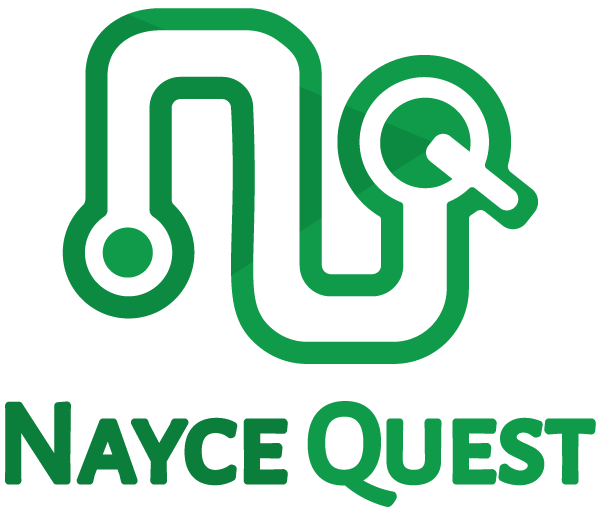Moving Race Dialogues from Either/Or to And
We’re halfway through Black History Month, and organizations continue to highlight Black culture in America. Recently, I participated in a discussion on social media tips with fellow Black military-connected entrepreneurs. The conversation led to each entrepreneur sharing about themselves and the premise of our business. After I gave a spiel about NayceQuest, the moderator, who presents as a white female, asked meeting participants to share the preference to be called Black or African-American in the chat. [Record screech]. There was a long pause where no one entered anything in the chat, but I felt the pressure to type something out as a DEI consultant. I typed in a sociological definition, and a few seconds later, I noticed other participants sharing responses in the chat regarding their own experiences as it intersects with racial identity.
After the call, I fell apart. My emotions began with anger that I responded at all, let alone providing a scientific response instead of suggesting that such a question should be discussed in a different setting. My emotion shifted to disappointment that the response I provided was not as nuanced as it should have been and that I did not speak from the lens of my experience. I was frustrated that entrepreneurs of color were put in an impossible position to compete preferred racial terminology. Finally, there was the emotion of self-doubt where I was overreacting because being bi-racial may not justify being upset about the situation as others.
Thank goodness for therapy, prayer, trusted friends, and mentors to get me past this moment. As I processed this specific interaction in my conversations, I realized the power dynamic at play. Let’s define some terminology that often gets mixed up in the DEI world. Race is based on actual or perceived biological differences between groups of people. Ethnicity is socially defined based on common language, religion, heritage, culture. Nationality is a person’s country of citizenship through birth, acquired residency, etc. For example, I am a bi-racial (Black and white races) of African and Western European descent (ethnicity), American (nationality). Depending on the intersection of these social constructs and geographical locations, a person can identify as more than one of these constructs. My mama taught me the “one-drop rule,” where most white-dominated cultures view me as Black because I was half-Black. But she also taught me that because I was half-white, I may benefit from accessing opportunities that people with darker skin tones may face difficulties accessing. She taught me how my race equated as barriers and privileges as I navigated different spaces. In other words, while I could self-label my own race, how I am perceived by others may align or contradict my racial construct.
When we apply the concepts of racism or colorism, this means social organizations are creating a hierarchy of preferences and rewards based on race and racial characteristics such as skin tone. When socially constructed hierarchies are designed to reward people with specific traits, it forces groups to assign race as an either/or subject. No different than phrasing the question, “What do you want to be called? Black or African-American?” Instead of assigning labels to pit racial and ethnic characteristics against each other, we must find ways to recognize these characteristics and celebrate them equally. Beyond African-American and Black, there are also multi-racial, Caribbean, Afro-Latin, and many other identities. All-encompassing terms such as the outdated term Negro, or African-American were all assigned to people of color resulting from the slave trade. Whereas the term Black has roots in the civil rights movement where people of color took ownership of their own racial labeling. There is no one way to assign race, which is why researchers asking for a participant to select “Race” is a complicated question. Ultimately, it is important to remember that power is held in how we identify ourselves and ground our identities in our experiences to avoid having others define our identities.
It was a personal lesson for me as a fairly new entrepreneur in the DEI space that grounded me to always be on a path of growth and learning. For starters, I don’t always have to speak up when I find myself in challenging conversations. I can learn a great deal by listening to others while balancing my emotional boundaries to know when I am in an environment to speak clearly. Second, not all topics are appropriate for all settings. While many organizations are collectively working to shift to DEI cultures, the work may occur in 1:1 on conversations, among groups who have established trusting relationships or require structured, facilitated dialogues. Finally, we all deserve grace, especially those who are intentional in our DEI development. The more we engage in the conversations in environments that nourish DEI growth, the stronger we will become in shifting our communities overall.

